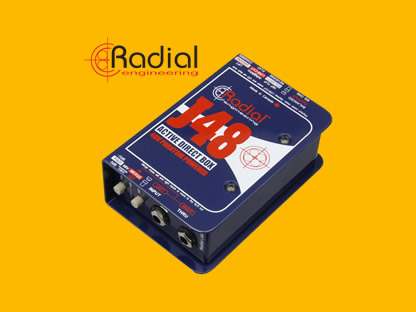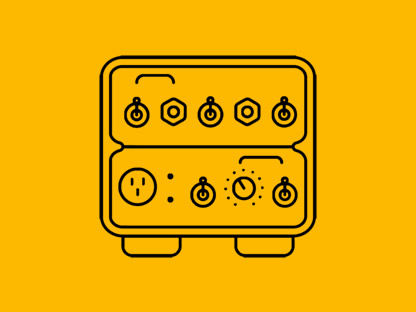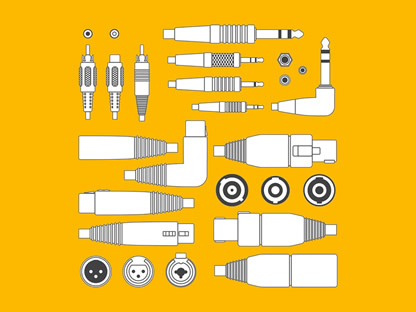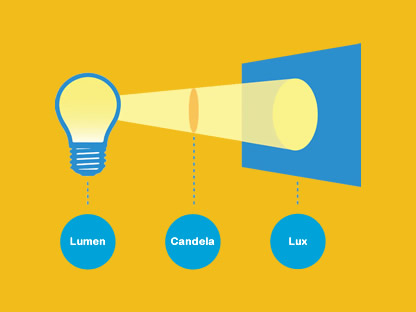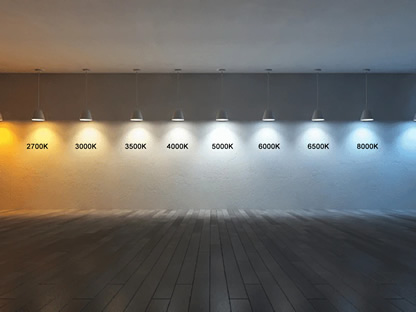
Equal Loudness Contour
Equal Loudness Contours are a crucial concept in audiology. These curves represent the sound pressure levels that are perceived as equally loud at different frequencies. Introduced by Fletcher and Munson in 1933, equal loudness contours have significantly influenced hearing research and the development of audio technology.
These curves are typically measured in 'phons'. For example, a 40-phon curve represents the sound pressure level that is perceived as equally loud as a 40 dB sound at all frequencies. The curve varies significantly across frequencies due to the varying sensitivity of the human ear to different frequencies.
Equal loudness contours are crucially used in various fields such as hearing protection, acoustic design, and audio equipment development. For instance, when designing headphones or speakers, these curves are referenced to provide balanced sound across various frequencies. They also play a vital role in setting noise exposure standards in work environments.
Understanding equal loudness contours is essential for grasping the fundamentals of audiology and acoustics. This knowledge allows us to comprehend how we perceive sound and how we hear sounds differently at various frequencies. By understanding the complex interaction between hearing and sound, we can design better auditory environments and contribute to hearing protection.
Creating Equal Loudness Contours
To simply create an individual's equal loudness contours, a signal generator like the one below, capable of adjusting frequencies and sound levels, is needed. This includes measuring the minimum audible level of sound at various frequencies.
To create equal loudness contours, start at the 1kHz frequency and find the appropriate sound level. Then adjust the level at surrounding frequencies to ensure the sound is perceived as the same volume, or set it to the lowest audible level for each frequency.
Please use the following guidelines with care.
- Start with a low level at mid frequencies.
- Use in a place with no background noise.
- Use headphones with flat frequency response.
- Cannot be used for clinical data.
- Click 'Copy Clip' to save results.

